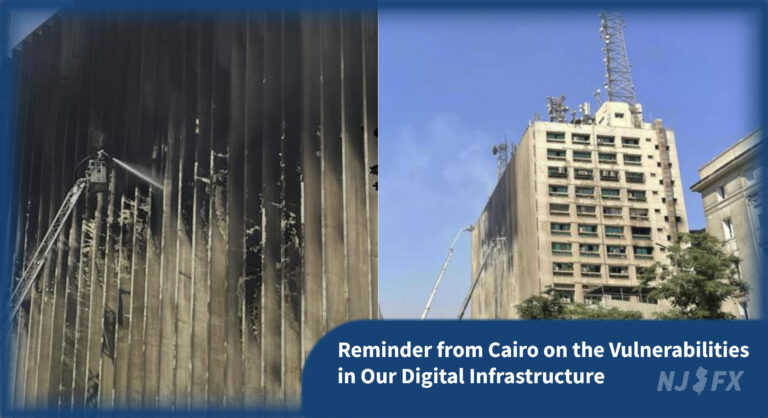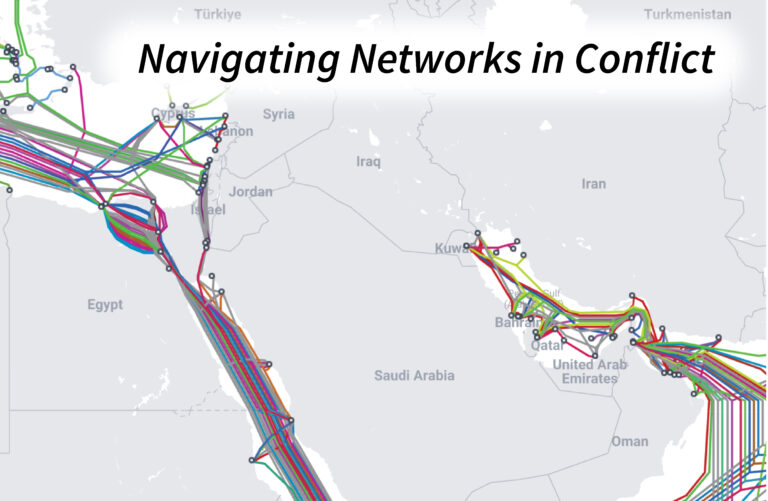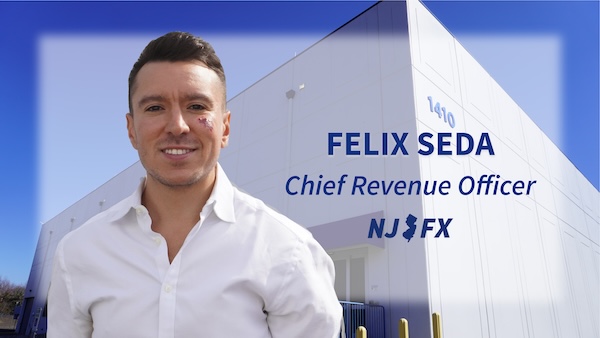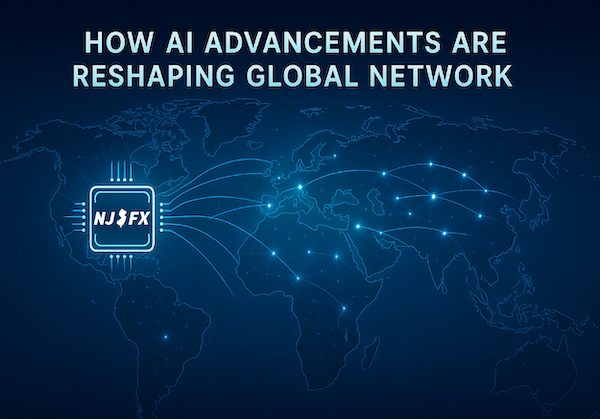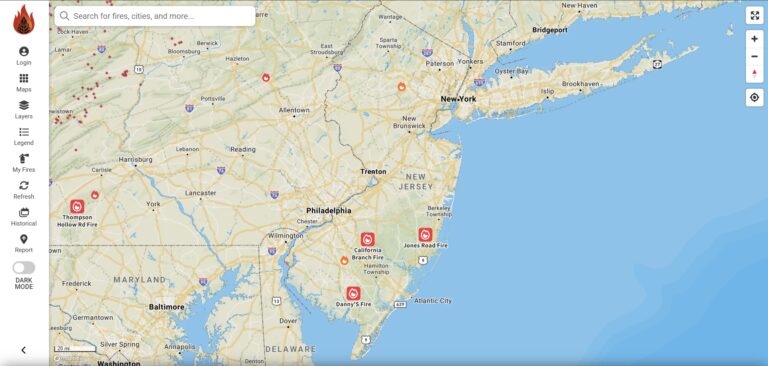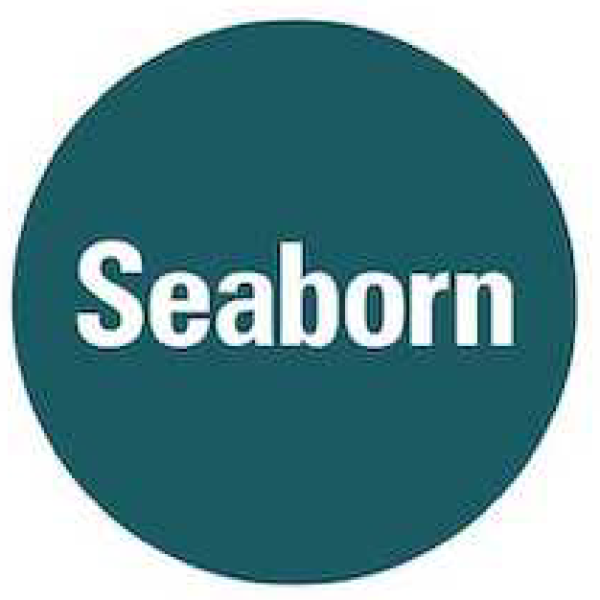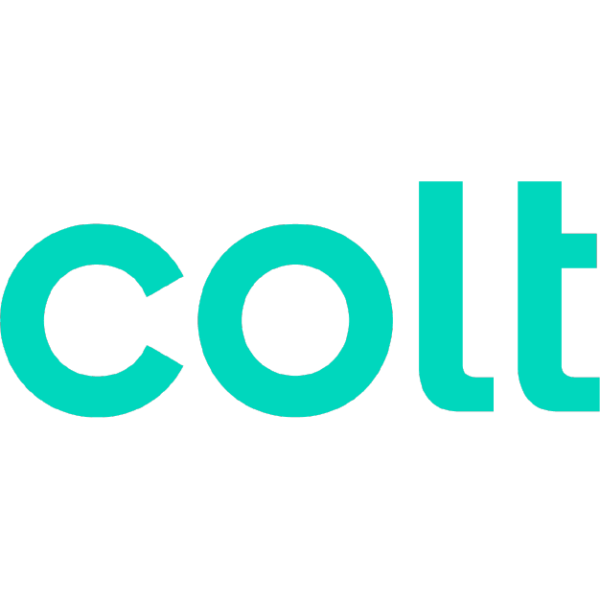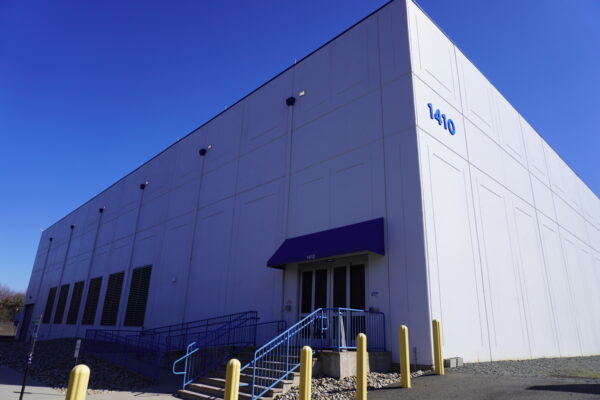Telecom Re-Imagined: Sparkle’s Innovative Subsea Solution w/ Support of NJFX
Ryan Imkemeier Explains the Importance of Equipment Maintenance, Vendor Relationships, Electrical Distribution & Managing the Team
May 7, 2018

Bandwidth demand is on the rise in the Latin American market as more people look to communicate both in the region, as well as connect to the rest of the world. LATAM is also leading the globe with over $1.5 billion of new subsea cable investment in 2017 and 2018. The population continues to benefit from access to fast broadband infrastructure. All of this activity makes for a lot of potential in the region for carriers, service providers, OTTs and enterprises to develop revenue growth and drive even more enhanced capabilities for the area. Sparkle is at the heart of this growth.
The company has invested in half of the Seabras-1 subsea cable – three out of the six dark fiber pairs – connecting New York to Brazil, and in doing so has developed a closed ring that has created diverse routes and secure, high capacity networks to meet this exponential bandwidth demand. What’s more, the routes bypass two huge, single points of failure: New York and Miami.
This application is supported of out of NJFX, the first and only colocation campus to sit at a cable landing station in the U.S and offer Tier 3, carrier neutral data center capabilities. According to Founder and CEO, Gil Santaliz, “Sparkle solved a problem that’s plagued the industry for more than 10 years. The company now offers a complete, diverse wet route all the way down to Miami. Now someone in Ashburn, VA can reach the Caribbean without going through Manhattan. The company has also found a way to get to the Caribbean and South America and bypass Miami and New York – completely avoiding two traditional pain points.”
Through Seabras-1 and the backhaul extensions from cable landing stations to main PoPs across North America and South America, Sparkle provides easy onward connectivity to the rest of world. The main advantages for Sparkle’s customers using its Seabras-1 fibers include lower latency on the US-Brazil route, which has been developed on a path completely off the hurricane risk area.
In addition to Seabras-1, Sparkle saw an opportunity to invest in a submarine cable to offer diverse routes via Florida and the Caribbean. Dark fiber on the cable was purchased and lit. “We needed a solution to connect this cable to Miami. We looked at many terrestrial solutions and nearly the whole environment options were not of high quality, so we decided on this underused submarine cable that runs from Tuckerton, NJ to Boca Raton, FL,” noted Federico Porri, CTO for Sparkle Americas. The result is a complete, diverse connection from New Jersey all the way to Sao Paolo with many secure, reliable route options and off-shoots along the way.
Solving Telecom Pain Point via Diverse, Wet Route
Sparkle studied the options carefully before determining subsea was the way to go. One thing the company noticed that new terrestrial fiber projects from Atlanta going south – for various reasons – were not being completed.
Sparkle works with backhaul providers at NJFX’s colocation campus, offering a unique architecture, low latency options and secure connectivity. Customers can bypass the congested NYC metro area via Sparkle’s capacity at the NJFX campus, which resides at the Cable Landing Station in Wall, New Jersey – offering a diverse route and alternatives for disaster recovery planning. Fully integrated with Sparkle’s global backbone, the new route enables customers major benefits from lower latency to added diversity.
LATAM’S New Superhighway
The solution has been extremely well accepted by the wholesale community. With Latin America’s position as a hotbed of expansion amid improving mobile network capabilities and Internet options, growth is inevitable in this sector. “It’s like when you build a new highway,” stated Porri, “the restaurant on the way from point A to point B will see business grow as well.”
The capacity on the system will far exceed anything from older subsea infrastructure, with up to 7 terabits of total capacity and 800Gig ready at RFS. Latency is about 10 milliseconds faster than standard terrestrial routes, making it attractive for enterprises, financial firms, OTTs and carriers.
“Innovative leaders in the industry are finding ways to create something important and reinvent the way we do things. It takes a lot of creativity and that is how we will make our technology work in the future,” concludes Santaliz.
*******
About Sparkle
Sparkle is TIM Group’s fully owned Global Operator and among top #10 international service providers worldwide, with a proprietary backbone of around 530,000 km of fiber spanning from Europe to Africa, the Americas and Asia. Leveraging its global IP, Data, Cloud, Data Center, Mobile Data and Voice Platforms, Sparkle offers a full range of ICT solutions to Internet Service Providers, OTTs, Media and Content Players, Application Service Providers, Fixed and Mobile operators as well as Multinational Enterprises. Its sales force is active worldwide and distributed over 36 countries.
Find out more about Sparkle at www.tisparkle.com
###
About NJFX:
NJFX is a Tier 3 Carrier Neutral Cable Landing Station campus. Our colocation ecosystem has expanded to over 35 network operators offering flexibility, reliability, and security. Our Wall, NJ location provides direct access to multiple subsea cable systems giving our carriers diverse connectivity solutions and offers direct interconnection without recurring cross-connect fees.
Latest News & Updates
Stay informed with the latest press releases, industry news, and more.

